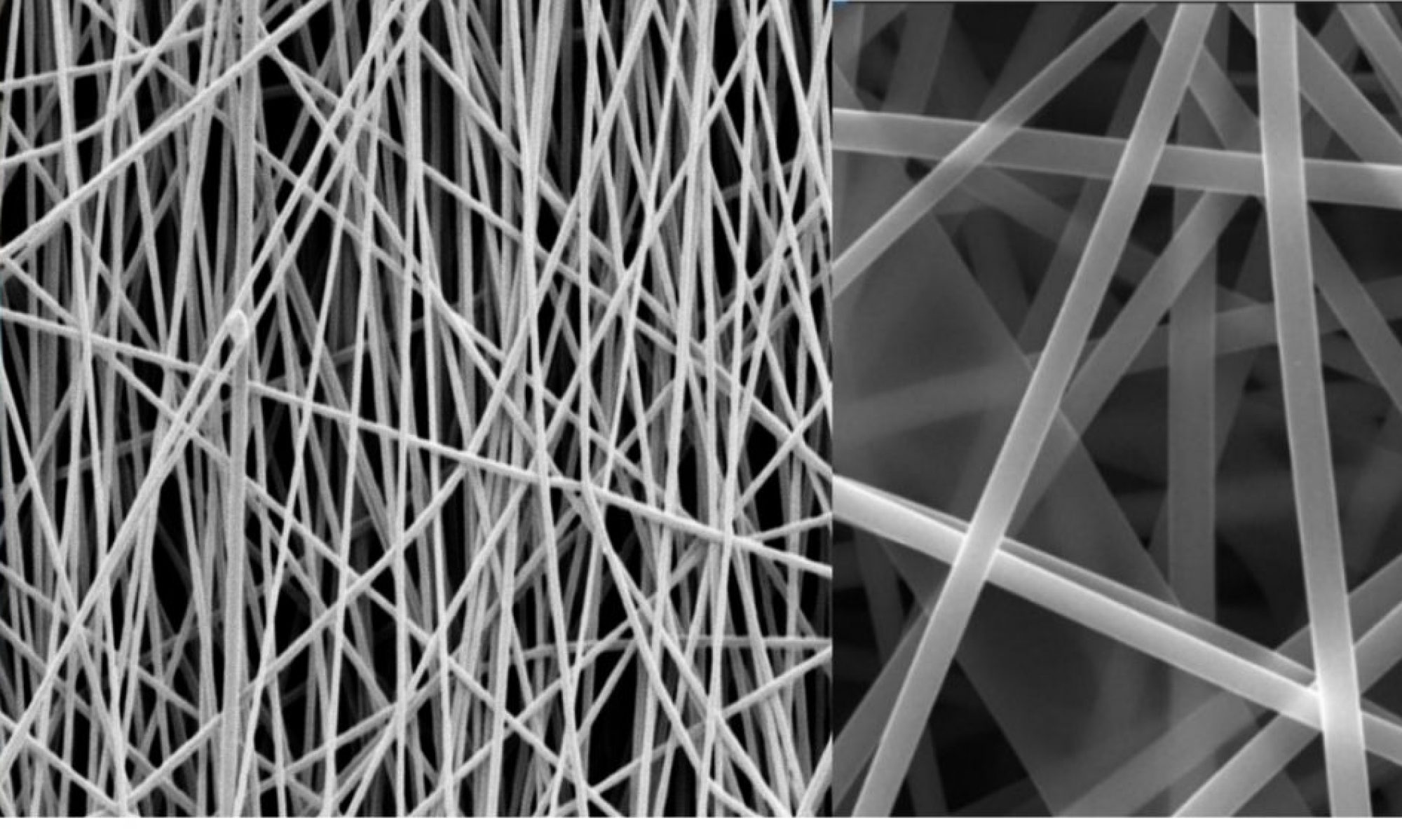Enhancement of the electrocatalytic activity for the oxygen reduction reaction of boron-doped reduced graphene oxide via ultrasonic treatment , published in International Journal of Hydrogen Energy 2022, 47, 5462-5473.

Abstract
Commercial polymer electrolyte membrane fuel cells have relied on scares Platinum to catalyse the kinetically sluggish oxygen reduction reaction occurring at their anodes. Over the last decade organic materials, frequently based on graphitic structures have been demonstrated as promising alternative electrocatalysts to the noble metals. Researchers typically utilize ultrasonic treatment as part of the synthesis procedure to achieve homogeneous dispersion of graphitic carbon prior to. Herein we investigate the implications of the structural and compositional changes induced by the ultrasonication treatment on boron-doped reduced graphene oxide for oxygen reduction reaction. It is shown that ultrasonication pre-treatment prior to the boron doping and reduction of graphene oxide via hydrothermal process step leads to the increase of both substitutional B and electrocatalytic surface area, with associated reduction of average pore size diameter, leading to a significant improvement in the oxygen reduction reaction performance, with respect to the non-ultrasonicated material. It is proposed that the higher degree of substitutional doping of boron is a result of formation of the additional epoxy functionalities on graphitic planes, which act as a doping site for boric acid.

